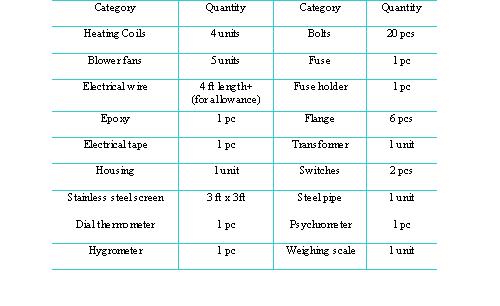6.1 Conclusion
Pico hydro power generation is renewable energy resources build for simple operation, robust, reliable, efficient, low cost and low maintenance.
According to the results taken from our analysis, run off river in Sitio Catmon has the potential possibility to produce desire amount of electrical energy and is recommended for a pico hydro installation. The available head and flow are quite more than enough to provide energy needs of the two consumers. Although the river is being used for irrigation, there are decreasing occurrences of crop failures of the field due to its intensive irrigation schemes to sustain the availability of water. It would also be possible to utilize the entire 35 1/s flow and more since it is run of river scheme in which all water will be returned to the stream and it taken during dry season.
Also, implementation of this kind of renewable energy project would be helpful to the community of Maluya There is an opportunity for the pico hydro project to offer battery charging which could help the local community in addition to providing a small revenue steam to help pay routine maintenance of the system. Based on the survey it seems likely that a battery financing and charging scheme could be developed the annual energy cost for off grid households. Further surveying would need to be done to determine the exact details of the battery financing and the most appropriate rate for battery charging.
6.2 Recommendation
Before embarking on any hydro power generation project, it is essential to survey the proposed site to calculate the amount of available hydro power. The two vital factors to consider are the flow and the head of stream or river. The larger the flow – i.e. the more water there is, and the higher the head – i.e. the higher the distance the waterfalls the more energy is available for conversion of electricity. Double the flow and double the power double the head the power gain.
Water turbines are generally considered as clean power producer, as the turbine causes essentially no change to the water. They used as renewable energy source and are designed to operate for decades. Constant maintenance and repair works will be required in this system otherwise the life of the generating equipment will be considerably reduced. Powerhouse maintenance should be done to achieve the longer life of the turbine and other generating equipments. The greasing of bearings should be done at least twice a month or whenever necessary because it will optimize the spin of the turbine. The two bearings are lubricated every 3 months and lower bearing seal replaced every 6 months of continues used.
The flow of water in the river should be enough throughout a year, extreme flows can affect to the system performance and the excess flow must be controlled. For measurement of the flow it should at least be done twice a year during the lowest season (February – May) and also in the highest season (end of September – beginning of October). Since the installation of pico hydro power house is along the river trained technicians are required to ensure long term availability of the pico hydro and to check and controlled the excess flow of rate.
Maintenance of pico hydro is just easy and simple. It can be done without the need for special tools. The unit has an expected life span of 4-5 years which can be extended with regular maintenance and used of high quality bearings.
Excerpt from the Project Study for Rural Electrification by Jerome dela Cruz, Kenneth Aquino, Wilgem Regino Crespo, John Andrew Molino and Rosauro Fernando Jr of BPSU.
